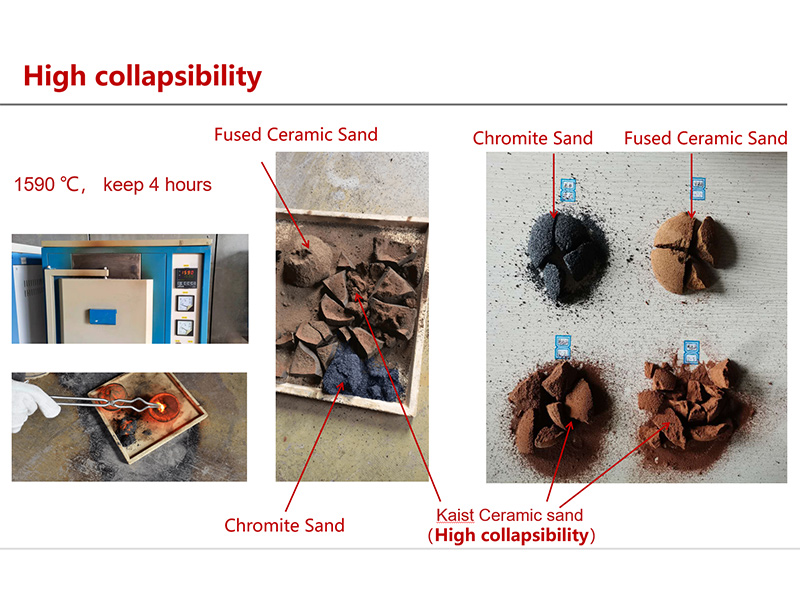The Art and Science of Iron Sand Casting
Iron sand casting is a fascinating manufacturing process that has gained significant popularity in various industries, particularly in the production of intricate metal components. This technique utilizes iron-rich sand as a primary material, and its unique properties offer both economic and practical advantages. Understanding the fundamentals of iron sand casting, its applications, benefits, and challenges is essential for anyone interested in metalworking and manufacturing.
What is Iron Sand Casting?
Iron sand casting is a metal casting process that involves melting iron and pouring it into a mold made from a mixture of sand and bonding agents. The primary component, iron sand, consists of fine particles that contain a high concentration of iron oxide, resulting in a powerful material for casting. This sand is not only abundant but also highly versatile, making it a popular choice for foundries.
The process begins with creating a mold, which typically consists of two parts the cope (top half) and the drag (bottom half). These are formed from iron sand mixed with a binding agent, which may include clay or resin. Once the mold is prepared and properly shaped, the iron is melted at high temperatures, often exceeding 1,500 degrees Celsius. After the molten iron is ready, it is poured into the mold cavity and allowed to cool and solidify, forming the desired object.
Applications of Iron Sand Casting
Iron sand casting has a wide range of applications across many industries. One of the most common uses is in the automotive sector, where it is utilized to produce engine components, such as cylinder heads and blocks. Its ability to create complex shapes with high precision makes it ideal for these demanding applications.
Additionally, iron sand casting is integral to the construction industry, where it is used to produce various structural components and architectural details. From large girders to decorative elements, the versatility of iron sand casting allows for creativity while maintaining structural integrity.
Other industries that benefit from this process include machinery manufacturing, consumer goods production, and arts and crafts. The adaptability of iron sand casting makes it an invaluable process in modern manufacturing.
iron sand casting

Benefits of Iron Sand Casting
There are several benefits associated with iron sand casting. First and foremost is the cost-effectiveness of using readily available materials. Iron sand is often found near coastal areas, making it an economical choice compared to other casting materials.
Additionally, the casting process itself can be relatively quick, allowing for faster production cycles. The durability and strength of the final product are other key advantages. Iron castings are known for their excellent mechanical properties, resilience, and ability to withstand extreme conditions, making them reliable choices for a variety of applications.
Furthermore, iron sand casting allows for significant design flexibility. The ability to create intricate shapes with fine details means that designers and engineers can push the boundaries of creativity without compromising functionality.
Challenges in Iron Sand Casting
Despite its many advantages, iron sand casting does face challenges. The process requires skilled operators to ensure that molds are made accurately and that the molten iron is handled safely. Missteps in the process can lead to defects in the final product, which can be costly to correct.
Moreover, environmental concerns are associated with sand mining and the disposal of used molds. As industries increasingly prioritize sustainability, the demand for more eco-friendly processes is growing.
Conclusion
Iron sand casting is a remarkable combination of art and science that continues to play a crucial role in modern manufacturing. By harnessing the properties of iron-rich sand, manufacturers can produce a wide array of durable and complex components that meet the demands of various industries. While challenges exist, the benefits of iron sand casting make it a valuable process that will likely continue to thrive in the future.
Post time:Ноя . 10, 2024 07:47
Next:Techniques for Smoothing 3D Resin Prints Through Sanding and Finishing Methods
